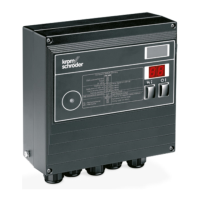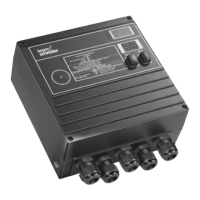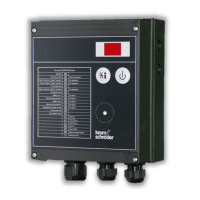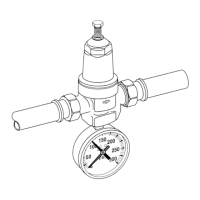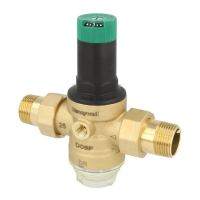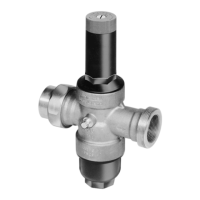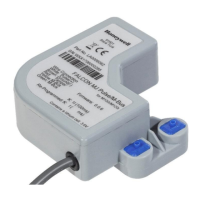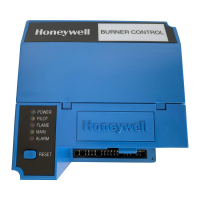BCU 460, BCU 465 · Edition 11.19 41
Valve proving system
6.1.1 Test instant
Depending on the parameter setting, the tightness
control checks the tightness of the pipework and the
gas solenoid valves before each start-up and/or after
each shut-down of the burner, see page100 (Valve
proving system).
The gas line is always safeguarded by a gas solenoid
valve during this check.
Before burner start-up
The valve check is started when the start-up signalϑ
is present at terminal1. The BCU checks the tightness
of the gas solenoid valves and the pipework between
the valves. The gas line is always safeguarded by a gas
solenoid valve during this check. The burner is ignited
when pre-purge is ended and the tightness has been
checked successfully.
After burner shut-down
After the burner has been shut down, the BCU checks
the tightness of the gas solenoid valves and the pipe-
work between them. Once the test has been carried out
successfully, the next burner start is enabled. The BCU
immediately conducts a tightness test if mains voltage
is available or if it is reset after a fault lock-out.
PZH
VAS
VAS 1
VAG
V1
V2
V3
p
u
/2
61 626038
22
52
65
67
66
56
36 37
ϑ
1
35
3
2
DL
min
V
p1
An additional bypass/relief valve must be installed in
gas sections with an air/gas ratio control. This ensures
that the test volume V
p1
can be vented during the tight-
ness test with the air/gas ratio control closed.
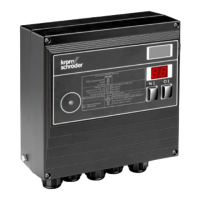
